New Delhi: A novel control scheme put forth by researchers at the Indian Institute of Technology (IIT) Bombay has the potential to revolutionise the way swarms of vertical take-off and landing (VTOL) unmanned aerial vehicles (UAVs) function. By simply “looking” at their immediate neighbours, the new system allows drones to navigate and maintain formation without the need for GPS or inter-drone communication.
Prof Dwaipayan Mukherjee and research scholar Chinmay Garanayak have provided a mathematical proof establishing the stability of their proposed control method. The scheme, according to the researchers, can allow “complex formation flying using only camera data, without GPS or inter-drone communication.”
VTOL UAVs, also referred to as drones, are appropriate for monitoring and surveillance duties because of their ability to take off vertically, hover in midair and function effectively in confined spaces. The majority of formation control systems in use today, however, rely on centralised computer inputs, human input, or external positioning systems like GPS.
In a swarm, autonomy is a crucial task. This means that rather than depending on a human or centralised computer determining what their “action” should be, vehicles in a swarm should be able to choose their “actions” based on variables they can measure with their on-board sensors. According to Prof Mukherjee, this is where our paradigm deviates from conventional ones.
The researchers suggest a “bearing-only” control scheme in which each drone makes use of bearings, or relative positional information, in relation to its neighbours. They clarify that the objective of bearing-only control is to accomplish formation control with just interagent bearing measurements.
Drones with on-board cameras can record bearing data without the use of GPS or communication networks, improving autonomy while lowering noise and power consumption. This makes the system perfect for situations like military or disaster response operations where there may be poor GPS signals or possible communication jamming.
Controlling VTOL drones poses additional challenges as they are underactuated systems, vehicles with fewer control inputs than degrees of freedom.
“Many of the results in the literature do not address the underactuated dynamics of VTOL vehicles and only focus on the kinematic model. This motivated us to consider the fully underactuated model of the VTOL UAV and explore its applicability to formation control,” explains Prof Mukherjee.
Even for intricate, time-varying formations, stability is ensured by the control mechanism of the pair. It can manage configurations with constant velocity as well as ones that change dynamically, requiring drones to instantly change their shape or speed. Despite early errors, their mathematical validation guarantees that drones can consistently converge to and maintain desired formations.
Garanayak and Mukherjee plan to experimentally test their control scheme using a drone swarm. “Most existing algorithms rely on ad-hoc collision avoidance schemes that do not come with any theoretical guarantees. Collision avoidance with objects in the environment and among drones is a challenge we are trying to tackle at a theoretical level,” adds Prof. Mukherjee.
Their research represents a major advancement in autonomous drone technology, offering more intelligent, robust and GPS-independent swarming systems for practical uses.




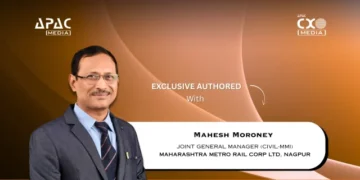


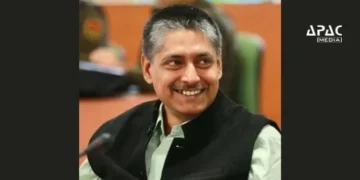
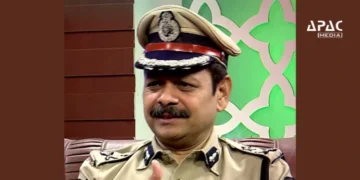
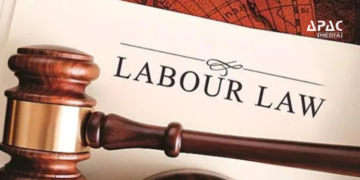


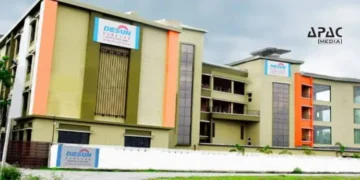






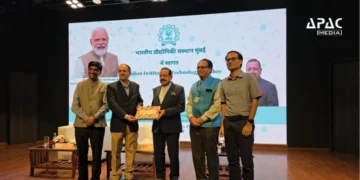
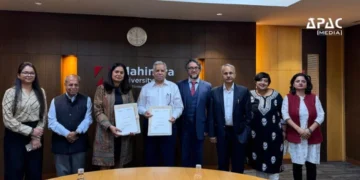
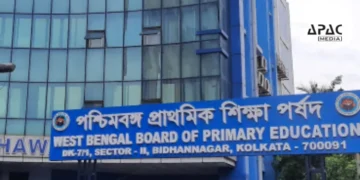


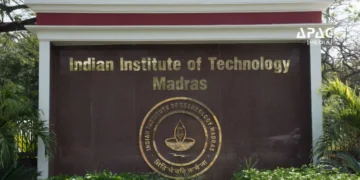


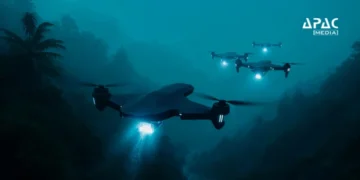
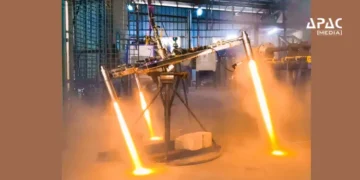

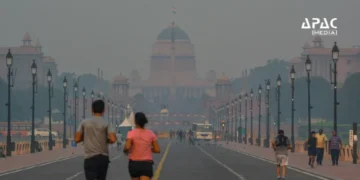


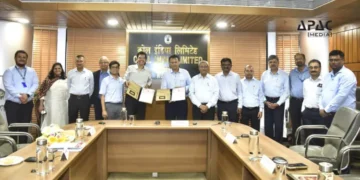
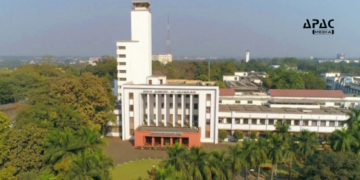
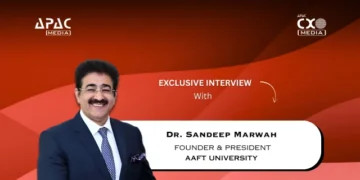
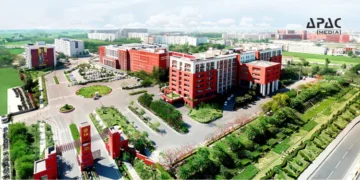




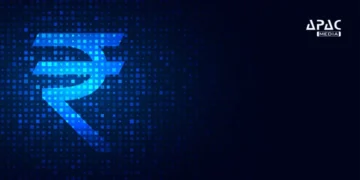



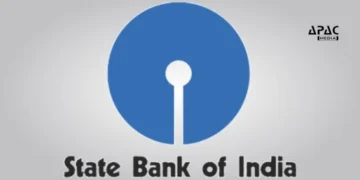

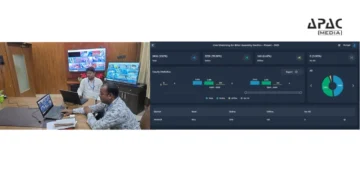
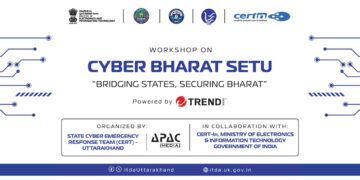
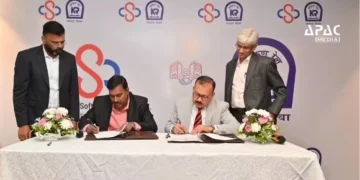


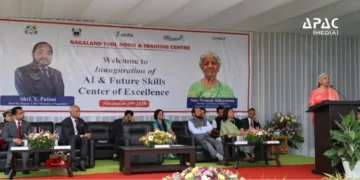




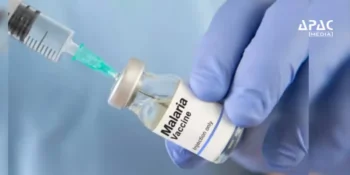

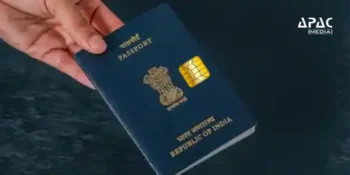








Discussion about this post